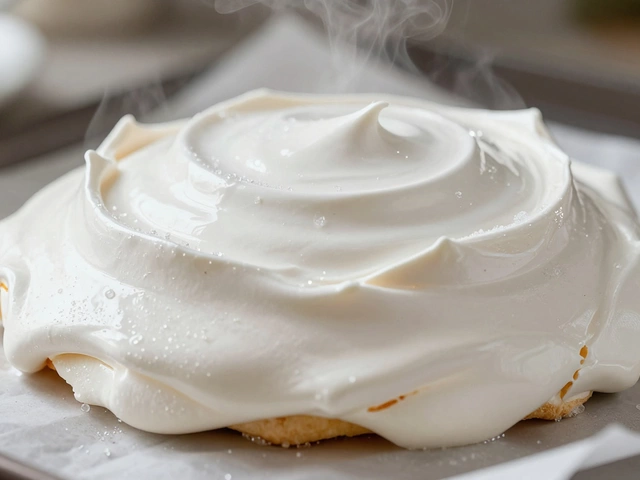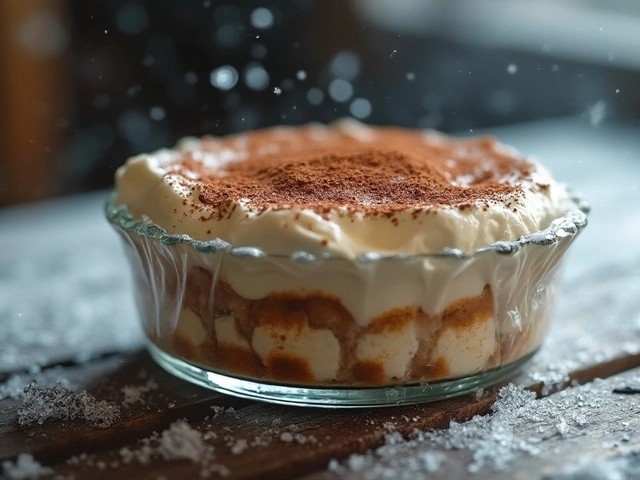Cannoli History: From Sicily’s Streets to World Fame
If you’ve ever bitten into a crunchy shell filled with sweet ricotta, you’ve tasted a piece of Italian heritage. Cannoli weren’t always the fancy dessert you see on bakery windows. They began as a humble treat for the poor, made with simple ingredients you could find in any Sicilian kitchen.
Where Did Cannoli Begin?
Back in the 9th century, monks on the island of Sicily started frying thin strips of dough and rolling them into tubes. The fried tubes were called “cannoli,” which literally means “little tubes” in Italian. At first, they were filled with sweetened sheep's milk cheese, honey, or even meat—nothing like the ricotta you expect today. The sweet version only took off when sugar became more available in the 16th century.
People in the city of Palermo and the town of Caltanissetta began serving the new sweet cannoli at festivals and street markets. The snack spread quickly because it was portable, cheap, and could be made in large batches for big gatherings.
How Cannoli Evolved Over Time
When the New World introduced cane sugar and later powdered sugar, Sicilian bakers started dusting the shells and mixing sugar into the ricotta filling. By the 1800s, candied orange peel, pistachios, and chocolate chips became popular mix‑ins. The classic sweet ricotta filling we know now—rich, slightly grainy, and flavored with vanilla or citrus—took shape during this period.
Italian immigrants carried the recipe to the United States in the early 1900s. In New York’s Little Italy, cannoli became a staple of Italian‑American bakeries. Over time, regional twists appeared: some bakeries use mascarpone instead of ricotta, others add whipped cream for extra lightness.
Today, you’ll find cannoli in many shapes—traditional half‑cylinders, bite‑size “cannoli bites,” and even vegan versions using almond or coconut milk. But the core idea stays the same: a crisp, fried shell that holds a creamy, sweet filling.
Want to spot an authentic cannoli? Look for a shell that’s deep‑fried, not baked, and has a slightly rough texture. The filling should be thick enough to stay put but melt in your mouth. A light dusting of powdered sugar on top is the final touch.
If you try making cannoli at home, start with store‑bought shells—these save you the trouble of frying. Fill them just before serving to keep the shell crunchy. And don’t be shy about experimenting: a splash of amaretto, a pinch of cinnamon, or a drizzle of dark chocolate can give your cannoli a fresh twist while still honoring its history.
So next time you enjoy a cannoli, remember you’re tasting a snack that traveled from medieval monasteries to modern pastry shops, adapting along the way but always keeping its sweet, tubular charm.
Who Invented Cannoli? The Sweet Story and Origins of Italy's Iconic Dessert
Ever wondered who invented cannoli? Dive into the real history, myths, and surprising origins of this legendary Italian dessert—plus foodie tips.
View More




